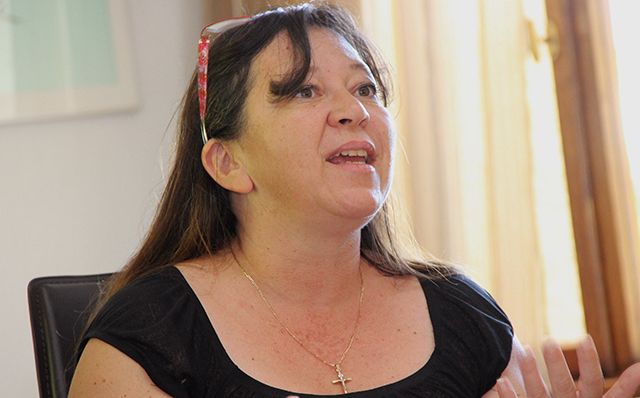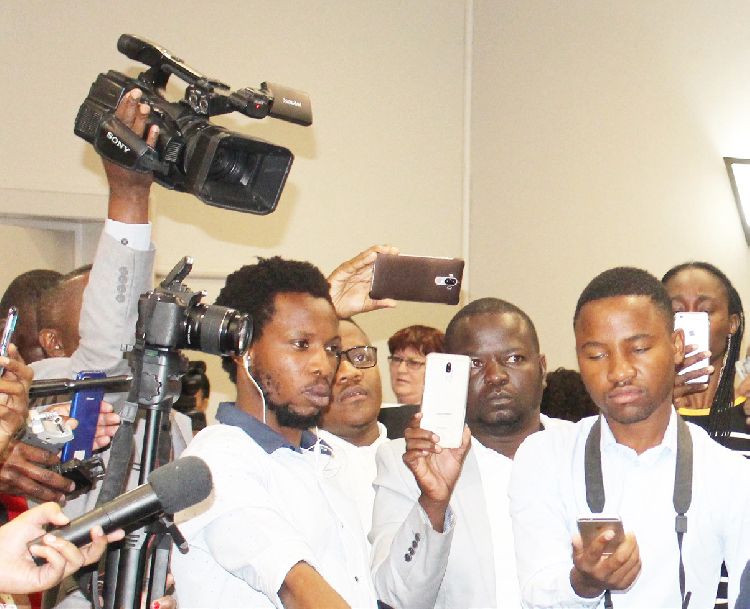The Ministry of Health and Social Services has been struggling with a staff shortages, operating at only 60% capacity as reported in March 2022.
The 2022 Health Care Workforce Status Report provides a comprehensive look at the staffing situation in public health facilities, including both government- and donor-funded healthcare workers at all levels of the health service delivery system.
The ministry has 21 138 posts in the approved staff establishment, but only 13 029 are filled.
The Hardap region has particularly low staffing levels compared to the rest of the country, especially in district hospitals and health centres.
“Ten of 14 regions (71%) have fair staffing, while only three have good staffing, and none of the regions has very good staffing overall. The overall staffing for all the regions for district hospitals and health centres is fair with staffing for clinics being good,” reads the report.
The staffing levels also vary across district hospitals, with Mariental, Lüderitz, Nankundu, Okakarara, Karasburg, Okahao, Tsandi, and Omaruru having very low staffing levels.
Overall, the ministry has 19 976 staff members, with a number of them being donor funded.
The US President’s Emergency Plan for AIDS Relief (Pepfar) funds the employment of 3 397 healthcare workers, 236 Global Fund to Fight AIDS, Tuberculosis and Malaria (GFATM) and 92 Cuban volunteers.
“This raises sustainability concerns in case donor funding is no longer available given that these healthcare workers play a pivotal role in the delivery of services contributing to HIV-AIDS epidemic control and the attainment of universal health coverage goals,” reads the report.
This set-up has led to the ministry having to manage three staff establishments.
The approved staff establishment is the fixed and main establishment, the ‘temporary’ staff establishment which caters for short-term needs, such as the Covid-19 volunteers, and the additional staff establishment which caters for those healthcare workers hired to fill critical needs that arise in between restructuring exercises for which there is no vacancy on the approved staff establishment.

According to the report, the staffing levels across the country range from as low as 46% in Kavango East to 68% in Oshana.
Staffing levels for the Katutura Intermediate Hospital and Windhoek Central Hospital are at an average of 71%.
Kavango East has the lowest number of doctors and specialists, currently at 36% followed by Hardap.
Khomas has the highest, standing at 95%.
Six directorates have less than 50% of their approved posts filled.
The study noted very low staffing levels among healthcare workers in nutrition and dietetics, eye care, pharmacy, medical technology, psychology, physiotherapy and occupational therapy.
“This finding calls for more targeted recruitment to improve staffing levels in the understaffed regions, directorates, facilities, as well as cadres to alleviate work pressure and improve the availability and quality of services,” reads the report.
The study also found that there is a gender disparity with respect to senior leadership positions in the ministry, despite 72% of the health workforce being female.
Males are mainly in the middle to executive management posts, while females occupy most of the lower management and technical levels.
“This suggests a need for continued affirmative action to minimise gender disparity,” the study recommends.
During his presentation of the ministry’s 2023/2024 budget in March, health minister Kalumbi Shangula indicated that N$567 million has been allocated to the policy coordination and support programme. Particular attention will be given to planning in human resources development and performance management, health financing and infrastructure development.
Shangula said the ministry continued to fill vacant funded positions and to support the training and development of human resources for health.
He said the ministry has expanded internship capacity for all professions for which internships are prescribed.
“Medical internship is offered at Windhoek Central Hospital, intermediate hospitals at Oshakati, Katutura, Rundu, and Onandjokwe; and the Swakopmund/Walvis Bay Complex. The accredited positions for medical internships have increased from 330 to 612,” said Shangula.
Due to the increase, Shangula said the ministry was able to absorb all 315 medical graduates for their first-year medical internship programme across the teaching facilities.
Other interns who started internships during the year under review include 45 in pharmacy, 19 in dental, nine in occupational therapy, four in physiotherapy and two in clinical psychology.
Stay informed with The Namibian – your source for credible journalism. Get in-depth reporting and opinions for
only N$85 a month. Invest in journalism, invest in democracy –
Subscribe Now!






